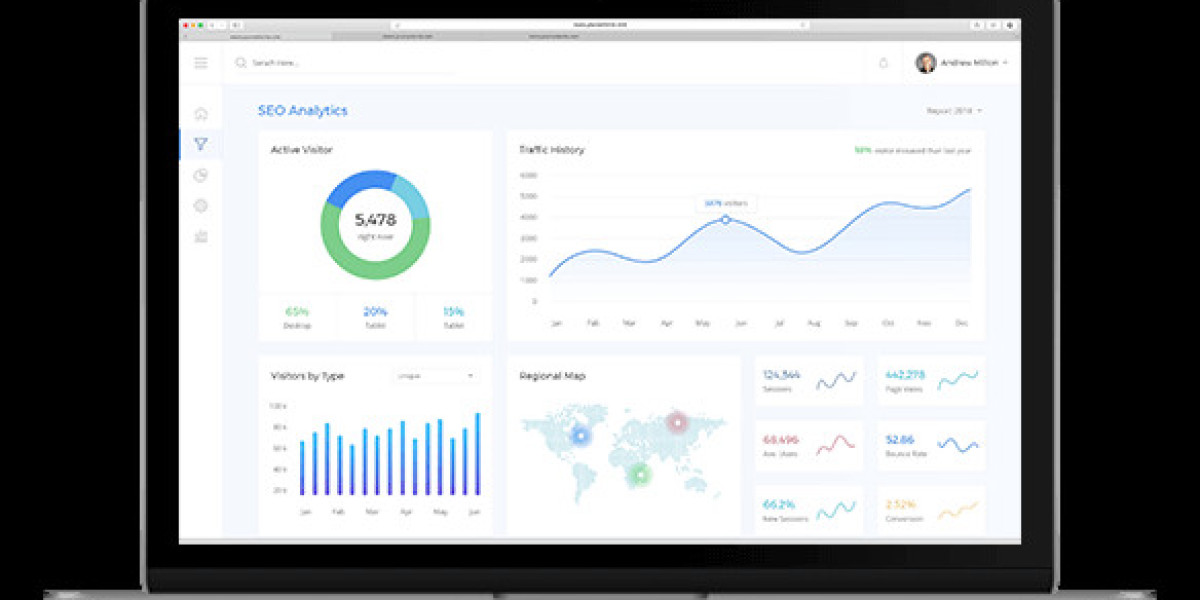In the realm of research and data analysis, statistical methods are the backbone, providing a systematic way to collect, analyze, interpret, and present data. These methods are essential across various fields, from healthcare and economics to social sciences and engineering, helping professionals and researchers make informed decisions based on empirical evidence. This article delves into the core statistical analysis methods, offering a comprehensive overview of their applications and significance.
Descriptive Statistics: The First Step in Data Analysis
Descriptive statistics are the foundation of any statistical analysis, aimed at summarizing and organizing data in a meaningful way. This method includes calculating measures of central tendency (mean, median, and mode) and measures of variability (range, variance, standard deviation). By presenting data through graphs, tables, and summary measures, descriptive statistics provide a snapshot of the data’s characteristics, helping researchers understand the distribution and central values of their dataset.
Inferential Statistics: Beyond the Data at Hand
While descriptive statistics offer a glimpse into the dataset, inferential statistics take a step further by making predictions or inferences about a population based on a sample. This method involves hypothesis testing, confidence intervals, and regression analysis. Inferential statistics are crucial for drawing conclusions that extend beyond the immediate data, allowing researchers to make generalized statements about a larger population from a smaller sample size.
Hypothesis Testing: The Cornerstone of Inferential Statistics
Hypothesis testing is a formal method used to decide whether a statement about a population parameter is supported by the data collected from a sample. It involves setting up a null hypothesis (a statement of no effect or no difference) and an alternative hypothesis (a statement that there is an effect or a difference). By calculating the probability of observing the sample data under the null hypothesis, researchers can decide whether to reject the null hypothesis in favor of the alternative hypothesis.
Regression Analysis: Understanding Relationships Between Variables
Regression analysis is a powerful statistical method used to examine the relationship between two or more variables. It helps in understanding how the typical value of the dependent variable changes when any one of the independent variables is varied while the other independent variables are held fixed. Linear regression, logistic regression, and multiple regression are common types of regression analysis, each serving different purposes and assumptions about the nature of the relationship between variables.
Non-Parametric Methods: When Assumptions Don’t Hold
Non-parametric methods are statistical techniques that do not assume the data follows a particular distribution. These methods are particularly useful when dealing with small sample sizes or when the data does not meet the assumptions required for parametric tests. Examples of non-parametric methods include the Wilcoxon signed-rank test, the Mann-Whitney U test, and the Kruskal-Wallis test. These methods are more flexible and can be applied to a wider range of data types, making them indispensable in many research scenarios.
Machine Learning: The Future of Statistical Analysis
In recent years, machine learning, a subset of artificial intelligence, has emerged as a powerful tool for statistical analysis. Machine learning algorithms can analyze large datasets to identify patterns, trends, and relationships that might not be evident through traditional statistical methods. From supervised learning models like decision trees and neural networks to unsupervised learning models like clustering and dimensionality reduction, machine learning offers a new horizon for data analysis, pushing the boundaries of what we can learn from data.
For More Info:-








